Not Much of an Engineer, An Autobiography
Ideally, this book should be read after 20 minutes or so spent listening and watching a documentary film on YouTube, passages of which show Hooker sitting at a desk talking and playing with a pad and pencil. His voice, lugubrious and engaging in a style that brings to mind Wallace, minder of Gromit, will stay with the reader. His writing is engaging, too, with a certain penchant for biblical phraseology (King James version, of course), but the book was published after Hooker’s death in 1984. There is an oblique reference to his stay in hospital in 1982, and his book was “assisted by Bill Gunston” (1927–2013) an eminent aviation author and historian.
Born in 1907 into humble circumstances in Kent, south-east England, after unspecified “various vicissitudes through World War I”, from the ages of 12 to 15 Hooker found that he could coast through Grammar School with minimal effort, but in each annual examination came away with First Prize in Mathematics and Physics. The next year, all the Fifth Form were compelled to sit the Matriculation Examination for London University, and Hooker “decided to try a little harder, and, unnoticed, I put in a couple of terms’ good work. To the immense surprise of masters, boys and myself, I did very well indeed in the examination; so well, in fact, that the school was granted a half-day’s holiday in celebration.” Subtext: where were the girls? It was a man’s world, and women are scarcely mentioned; his first wife is not mentioned by name, and only obliquely during the difficulties of the marriage breaking down, when Hooker sometimes slept in his office, and his second wife and daughters rate only a brief mention and a photograph taken when he was knighted in 1979.
Back to Hooker’s youth; that examination was followed by three more years at school, and in 1926 Hooker went to Imperial College, London with what were, for those days, lucrative scholarships. Inspired by the Assistant Professor of Mathematics, Hyman Levy, Hooker studied the characteristics of eddies produced by drag of shapes immersed in fluids, which of course include air. He was soon producing academic papers, earning more prizes and scholarships, and, since the Great Depression had closed down any likely career paths, he remained a student in very comfortable circumstances. Less comfortable must have been his injuries from accidents on the sporting field and motorcycle, which kept him immobile for almost a year. Hooker often mentions his mentors and friends, and comes across as a genial fellow, with a sense of collegiality among mathematicians from Britain, Switzerland, and Germany.
At Imperial College and, from 1932, at Brasenose College, Oxford, Hooker pursued mathematical solutions to problems of air density, compression and consequent temperatures far beyond the then practical 200 miles per hour speeds possible in fighter airplanes, unaware that the gas turbine being designed by Frank Whittle in Cambridge at the same time opened the field to supersonic speeds when the various strands of research came together.
Hooker’s affection for the environment of Oxford is obvious, as is his sorrow for the promising lives lost during Second World War. One contemporary there, Frederick Llewellyn Smith, had gone to an engineering career at Rolls-Royce which would eventually lead to his being a director of that company, and in 1935 Hooker, with a Doctor of Philosophy (DPhil in Oxford parlance) and a fear that a war was on its way, saw service in the Royal Navy as his next step.
His published papers had been noticed, so his path was diverted to research work for The Admiralty at Woolwich Arsenal until a letter arrived in the autumn of 1937 from his erstwhile friend Llewellyn Smith, asking him if he might be interested in a posting to the Engineering Department of Rolls-Royce Limited? The interview seemed to go well, but two months passed before a letter arrived from Ernest Hives, which “requested my presence at Derby for an interview with Hs [Company parlance for Hives, 1886-1965]. I was instantly impressed by the aura of good humour yet relentless energy that seemed to surround him. I saw that he had copies of my published works on his desk. After seating me, he thumbed them through casually and asked, ‘What’s a Kármán Vortex Street?’ I explained as best I could, and he said, leaning forward, ‘You’re not much of an engineer are you?’” Here we come upon one of the charms of Hooker’s book. This man made a great contribution to the defeat of Nazi Germany, his innovative work with superchargers increasing the power of the Rolls-Royce Merlin engine by 100%; had a great deal to do with the vectored thrust turbofan engine that powered the Hawker Harrier Jump-jet; Concorde; was brought back from retirement to help sort out the problems of the RB211 engines that had sent Rolls-Royce into bankruptcy in early 1971; and rubbed shoulders with the men whose careers had been molded by their work with Henry Royce.
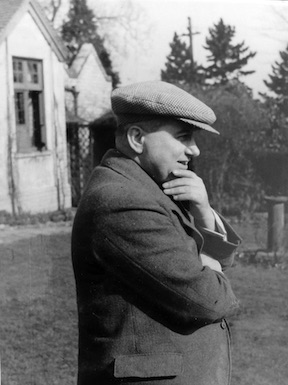
One of the heroes of Stanley Hooker’s first career: Ernest Hives as he looked when Hooker first met him. Photograph by Arthur Robotham, used with his family’s permission.
It is a privilege to be taken into Hooker’s life through his reminiscences. The book abounds with anecdotes which may delight; for instance the tale of the skilled metal worker, Albert Rigg, who translated the ever-changing ideas of air intake contours through the constraints of space around the supercharger, mounted as it must at the rear of the engine, so that optimal flow helped to boost the power of the Merlin.
The book opens with a graphic description of “a damp, cold day in January 1938” when he walked along Nightingale Road toward the Rolls-Royce works in Derby. He was shown into an eight feet square office containing a desk, bare bookcase and a telephone, and left alone. Utterly alone. After a few days spent reading The Times, Hooker timidly ventured into surrounding work spaces, where young men were hard at work over drawing boards. By a series of supposed coincidences, no doubt part of Hives’ and his associates’ plan, he fell in with colleagues who were peripherally involved with his particular genius, and his career went from there.
In August 1940, with the Battle of Britain being fought with the motive power of Rolls-Royce Merlin engines in both Hawker Hurricanes and Supermarine Spitfires, the first jet engines of Frank Whittle (1907–96) were beginning to demonstrate their potential. They had been built under trying circumstances, with little interest being shown by the British government, but backing by the then still independent British Thomson Houston Ltd., and here is a good place to mention Hooker’s essentially collegial approach, as throughout his book he gives credit to the people he worked with, and to the companies great and small, which often self-financed developments. Hooker convinced Hives that pounds of thrust from a gas turbine, puny though the 800 lb from Whittle’s engine sounded when compared with the Merlin’s horsepower, when he told him that the Merlin engine produced 840 lb from the then 70% efficient propeller, but enough to propel the Spitfire at 300 mph. Off they went to visit Whittle, and a “Send us the drawings…and we will make them for you”, with no mention of payment. Whittle’s W2 engine, of 1,600 lb thrust, was approved by the appropriate Ministry, but for manufacture by the Rover company, already fully stretched with Bristol air-cooled radial engine production and repair. A remote disused cotton mill was utilized for the jet engine development, already beset by many problems which delayed definitive drawings, and by early 1942, the Wilkes brothers, who ran Rover, appealed to Hives for guidance in how to deal with Whittle. Thus, Hives to Spencer Wilkes, “Hooker, here, seems to get on very well with Whittle, and knows all about his jet engine. Why don’t you invite him…to talk to Maurice [Wilkes]? He can act as a visiting consultant.” Then, that November, Hives took Hooker to meet S.B. Wilkes over the wartime “special” pub dinner at 5 shillings (then $1) each, and Hooker records the after-dinner conversation, “‘Why are you playing around with this jet engine? It’s not in your line of business, you grub about on the ground, and I hear from Hooker that things are going from bad to worse with Whittle.’ They were great friends of course, and Wilkes, smilingly ignoring the jibe, replied, ‘We can’t get on with the fellow at all, and I would like to be shot of the whole business.’ Hs then said, ‘I’ll tell you what I will do. You give us this jet job, and I will give you our tank engine [Meteor, un-supercharged and de-tuned Merlin] factory in Nottingham.’” So the great, if occasionally wavy, line of Rolls-Royce gas turbine engines was born. From here, Hooker’s writing becomes increasingly technical, but, although your reviewer remains deeply ashamed of his best showing of 47% in a mathematics examination, Hooker is able to convey concepts and theories to the reviewer. There are more than 20 pages of appendices.
With the surplus of talent at Rolls-Royce after the Second World War, Hooker was not appointed to the post of Chief Engineer, as he had expected, and his resignation from Rolls-Royce was rancorous. On his 41st birthday in September 1948 he had his final meeting with Hs, but was obliged to work out the final three months of his contract, before he could join the Bristol Aeroplane Company. That time turned out to be particularly productive, as he contemplated the future varying roles of gas turbines, and options tangible and less so, for exponentially expanded range and efficiency.
During Hooker’s time at Brasenose College, Oxford, he had become friendly with Reginald Verdon Smith, a member of the family controlling Bristol, and Smith has been able, as a director of that company, to visit the then very secret works where Hooker and his team were working on their jet engines. Smith had kept a close watch on Hooker’s work, offered him a new career with Bristol, and in 1950 he was appointed Chief Engineer. As a sub-contractor to Rolls-Royce for Avon engines required during the Korean War, Bristol was well equipped to develop Hooker’s and his team’s innovative designs. Design work on what became the Olympus had started in 1946, and by 1950 it was developing 10,000 lb thrust, with the help of its low and high pressure spools, able to provide immediate maximum thrust without fear of compressor stalling. New Zealanders like me have reason to be grateful to the performance of the Bristol Olympus engines fitted to the Avro Vulcan bomber; in appalling weather conditions the grand opening of Wellington Airport was marred by the early touchdown of the Vulcan, and the port undercarriage was broken off by contact with a wall. The pilot was able to call upon the full engine thrust, and recover, to crash-land at the Air Force base of Ohakea, 80 miles away. Had the aircraft been committed to striking the ground at Wellington, it would have cart-wheeled into the crowd of spectators, with who knows what consequences. This too may be found on YouTube and will give an appreciation of that day in October 1959: The Olympus engine powered the TSR.2 to a potential Mach 2, and despite the plane’s controversial cancellation, the way to Concorde was clear. Hooker’s work with ducting came together with the design of Sidney Camm (the same man who had designed the Hawker Hurricane in the early 1930s) to produce the Hawker-Siddeley Harrier. ‘Nuff said… In 1953, problems with the sheering of the straight-cut gearing which stepped the 11,000 rpm of the Bristol Proteus turbine to the 1,000 rpm of the propeller on the Britannia airliner, led to the crash of the second aircraft built, in front of potential customers. Immediately a call came from, now, Lord Hives: “‘I hear that you are in trouble, Stanley. Do you want any help from us?’ My spirits soared as I stuttered, ‘Yes, please.’ ‘Right, I will send down the First Eleven, who do you want?’….That was the last time I spoke to Hs, and I am very glad that it happened. It was typical of the man that, though by this time he was calling me his ‘one great failure’, he never hesitated in his act of superb generosity to a competitor in trouble.” The Proteus has gone on to power ships, the land speed record contender, Bluebird, and power stations, as has Olympus.
In the late 1980s, test pilot Bill Bedford gave a talk in Christie’s auction room in South Kensington in London. He had been the original test pilot for the Hawker Harrier at Dunsfold. Bedford talked about the various fighters he had flown, many of which had been powered by Hooker’s engines. On the screen behind him, towards the end of his talk, he showed a picture of Hooker, and said, “I’ll have to think about this a bit, but if I was asked who was Britain’s greatest ever engineer, I’d have to decide between Brunel [Isambard Kingdom Brunel, 1806–59] and Sir Stanley Hooker, but I’d probably go for Sir Stanley.”
We are fortunate that Hooker recorded his life, and that his autobiography is readily available at so reasonable a price. Of course the same paper, when used for the text and for the illustrations, means that we seem to be with Hooker on that damp and grey day in January 1938, as he walked to the Rolls-Royce works, but perhaps that is for the better for a reading of the man and his achievements. We all need to know of his work.
Copyright 2020, Tom King (speedreaders.info)


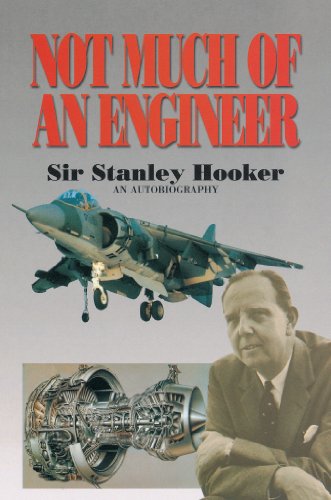
 RSS Feed - Comments
RSS Feed - Comments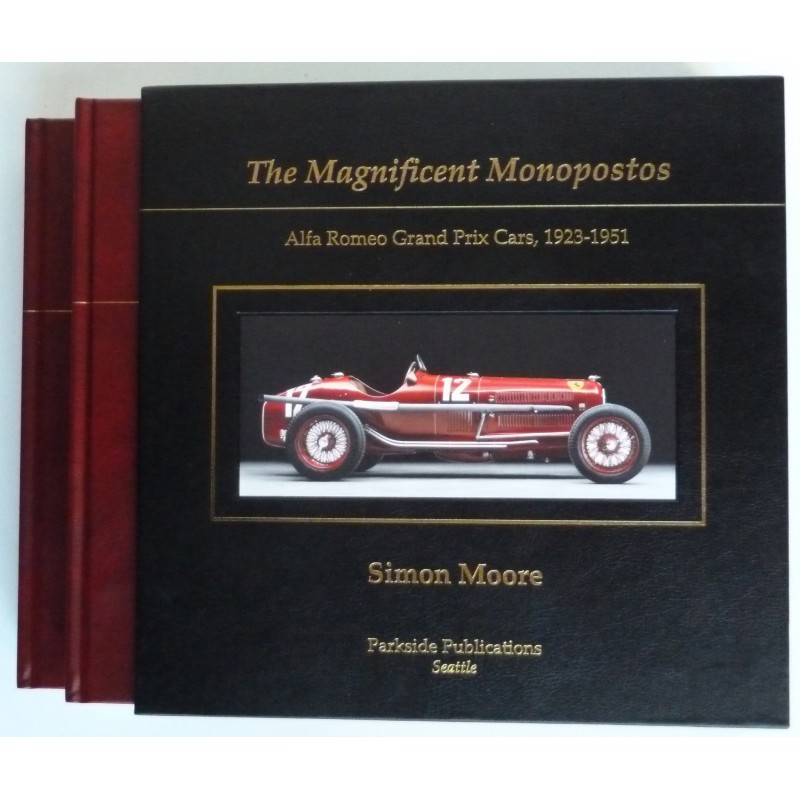
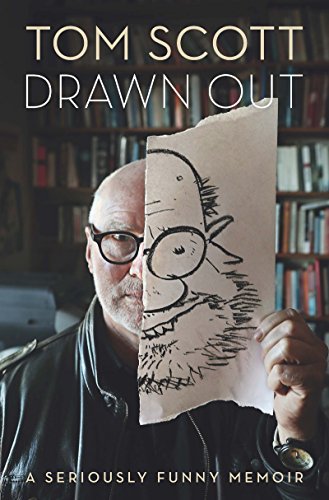
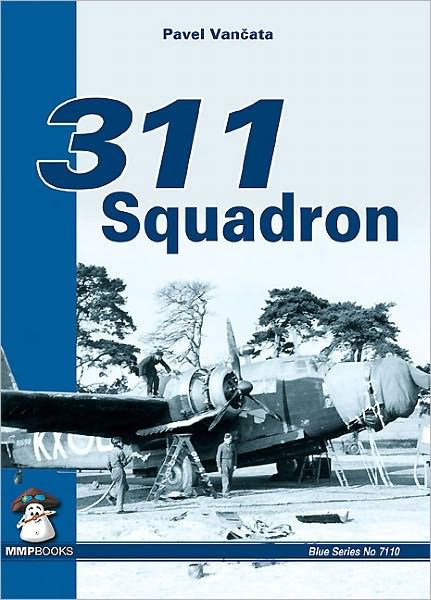
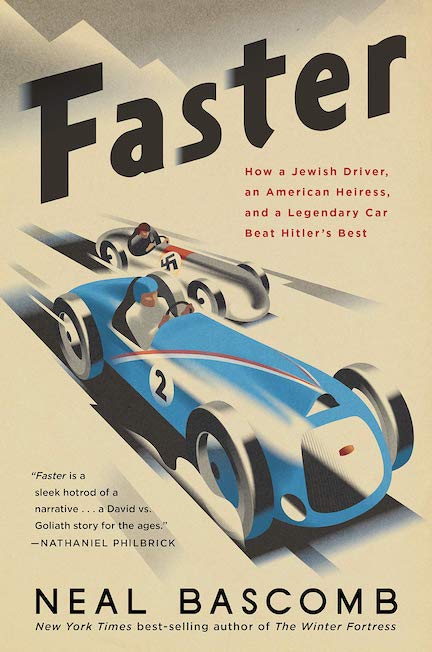
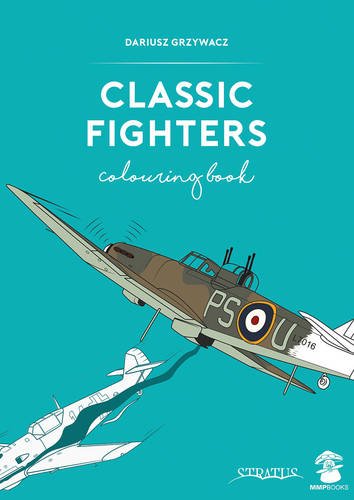
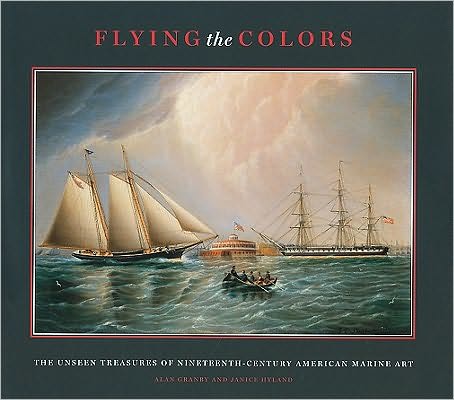
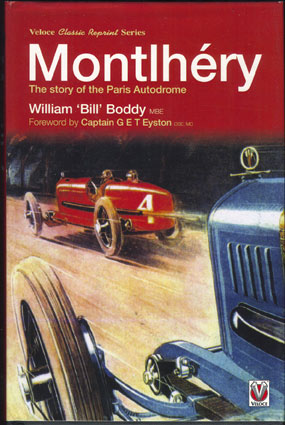
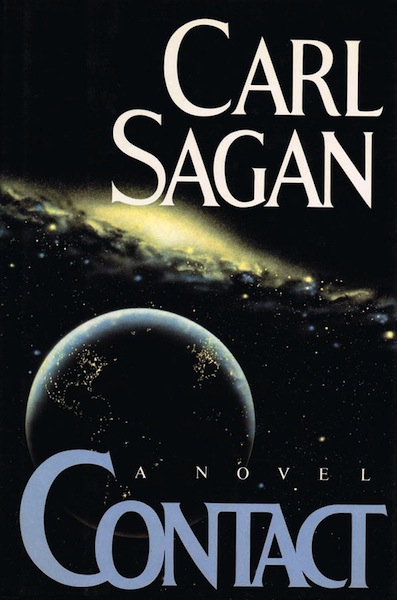
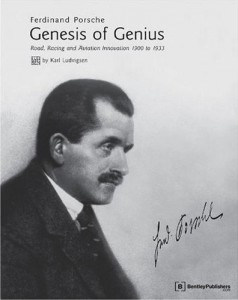
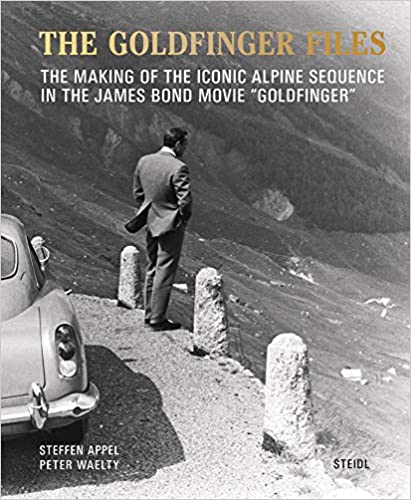
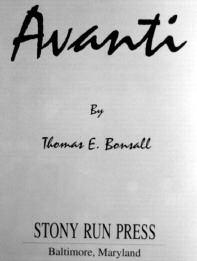

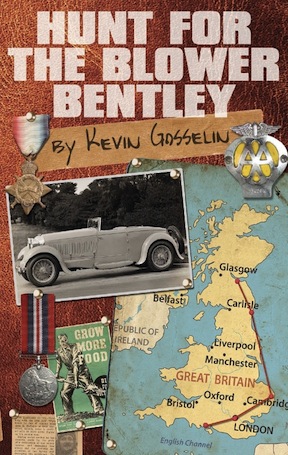
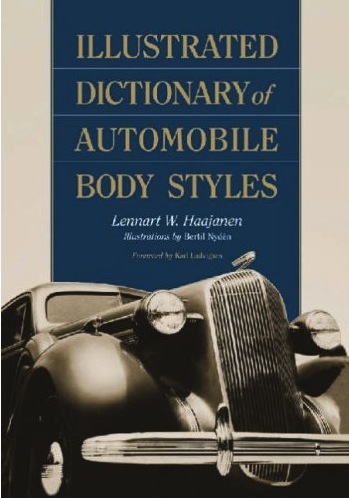
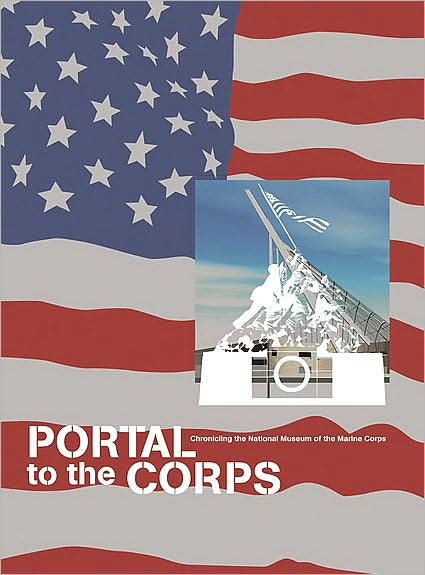
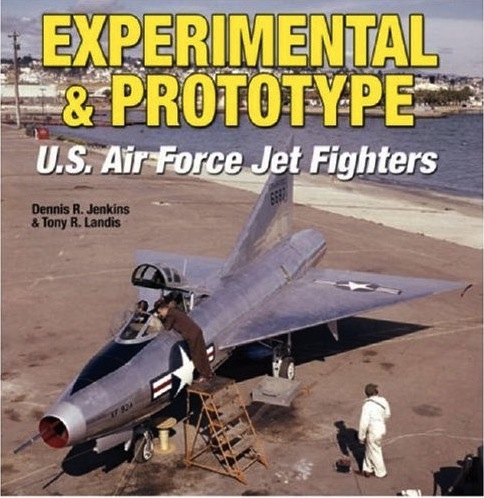
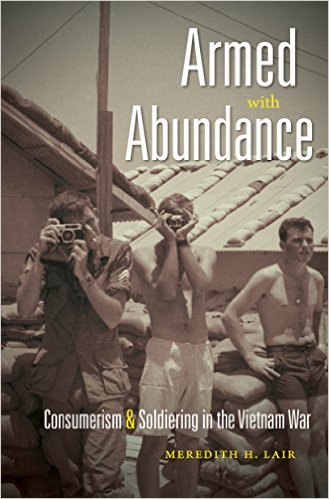
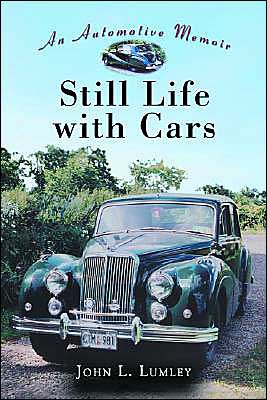
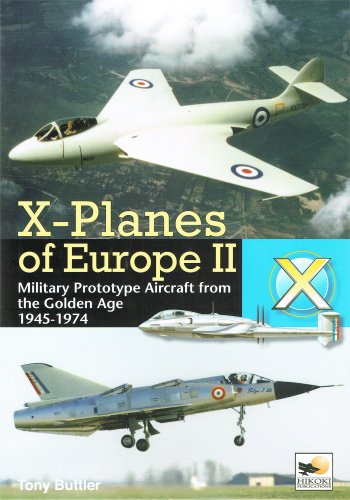
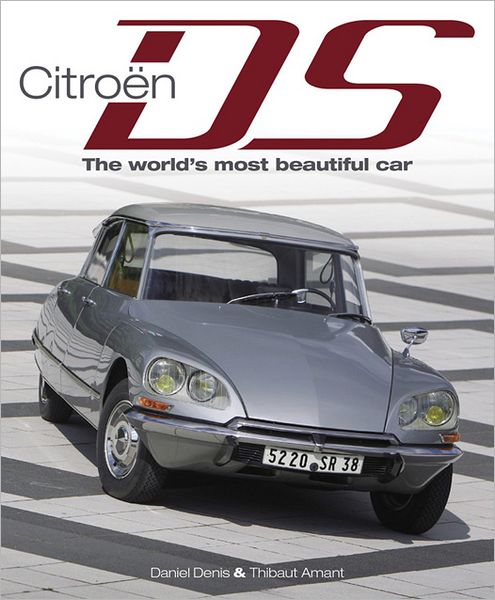


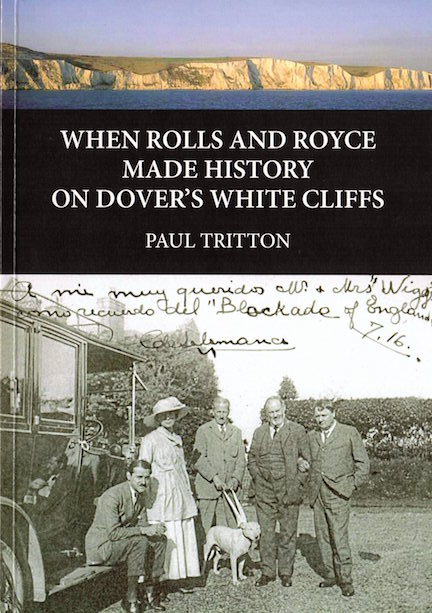
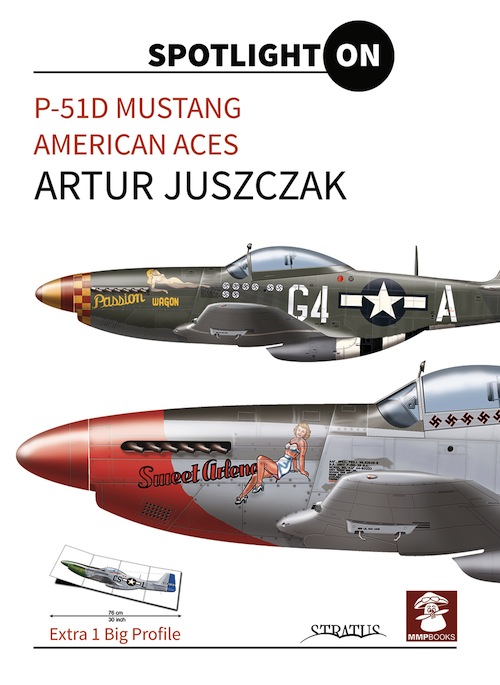
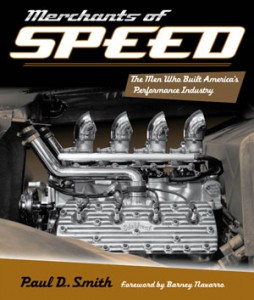
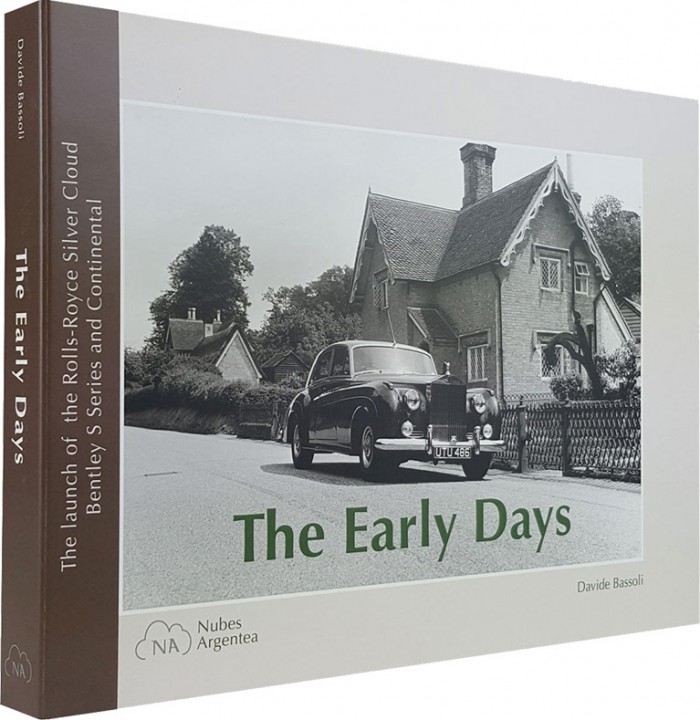
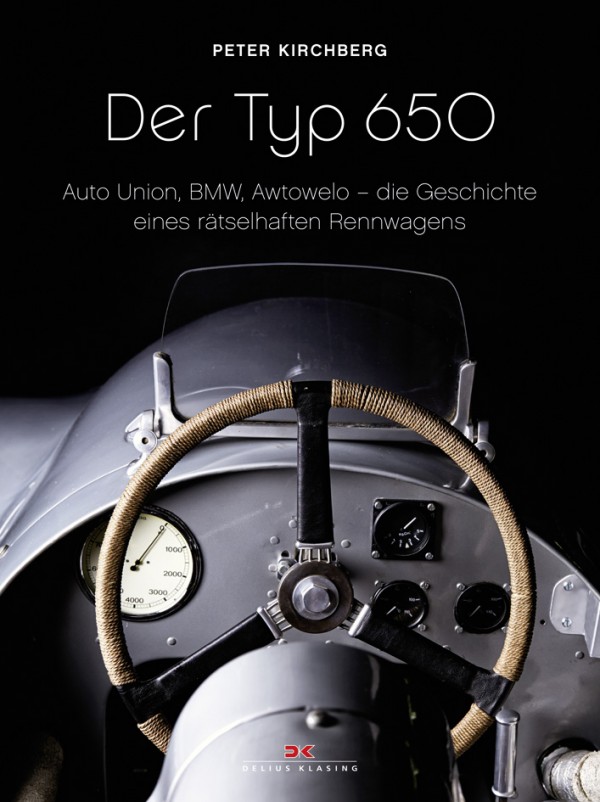
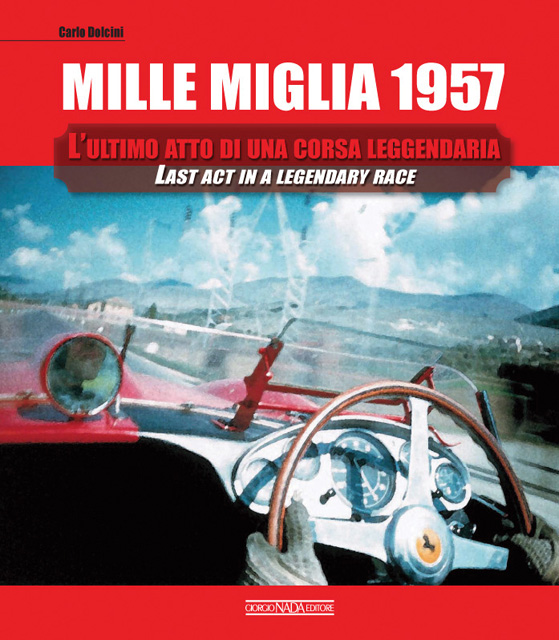
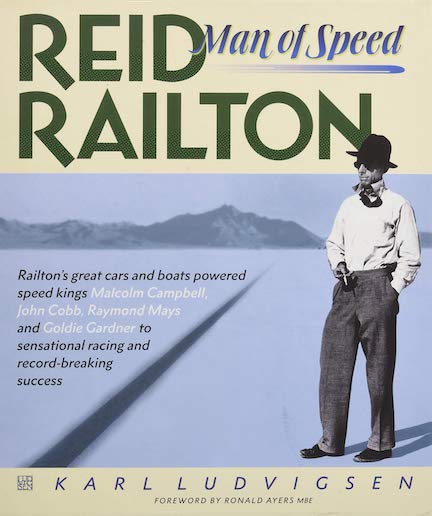

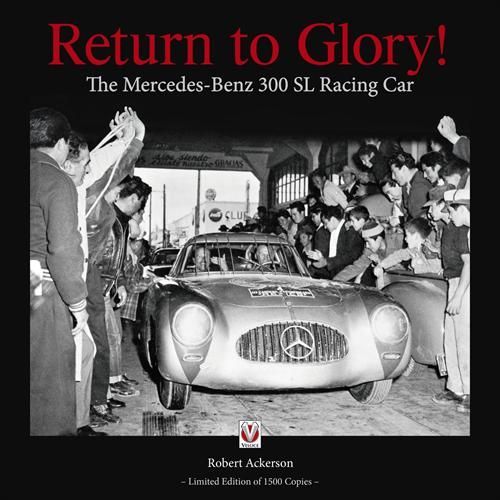
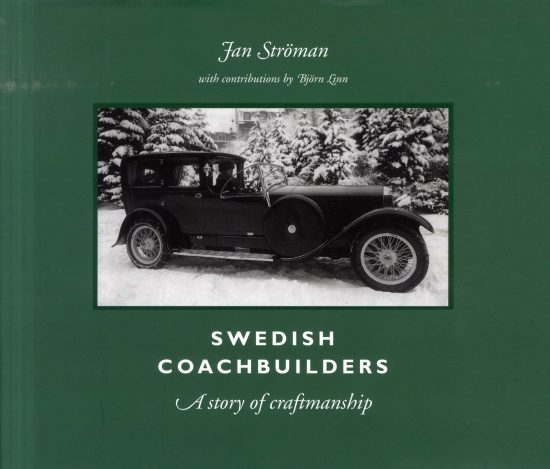
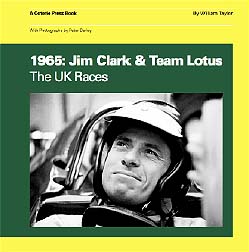
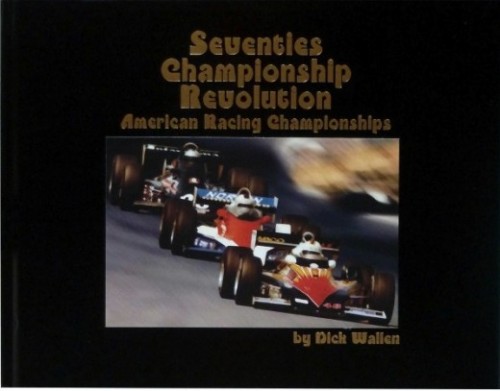
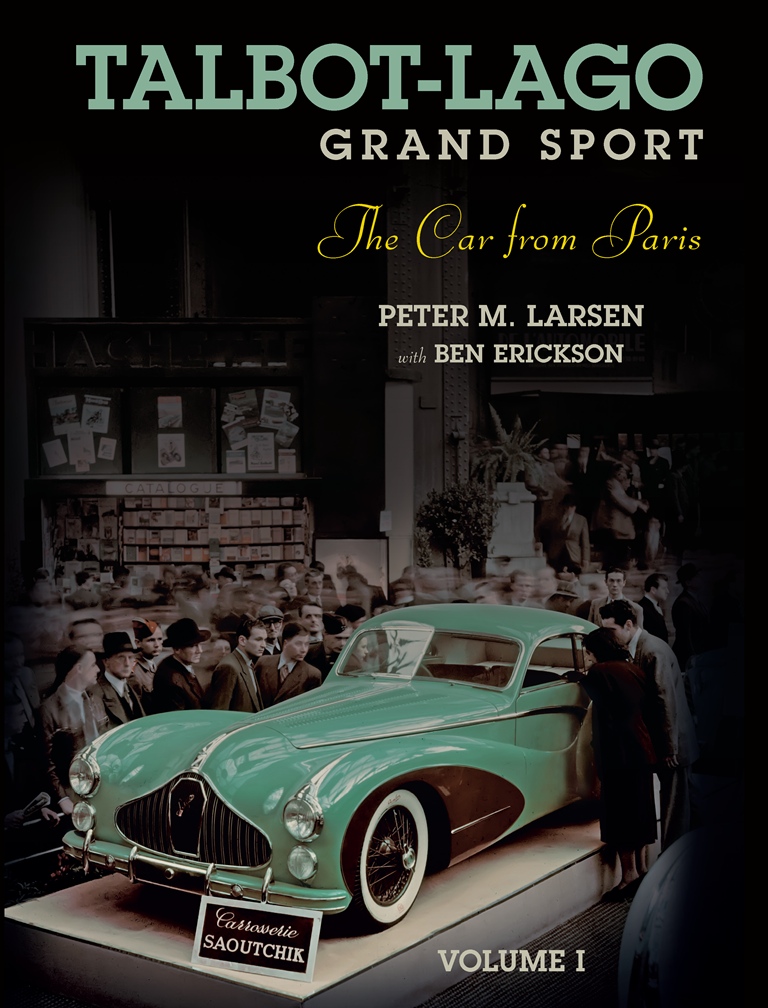
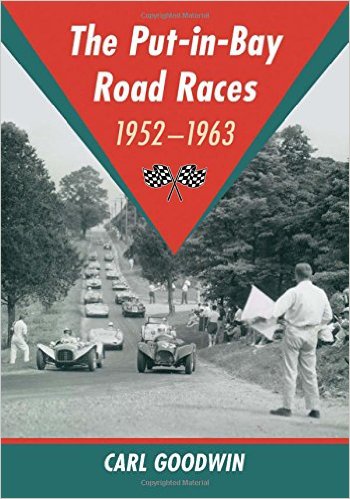
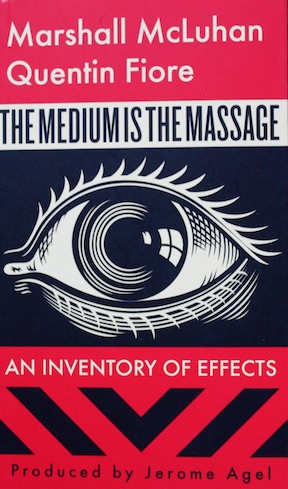
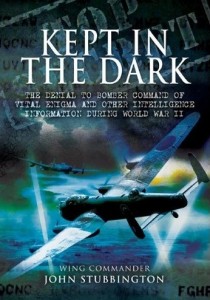
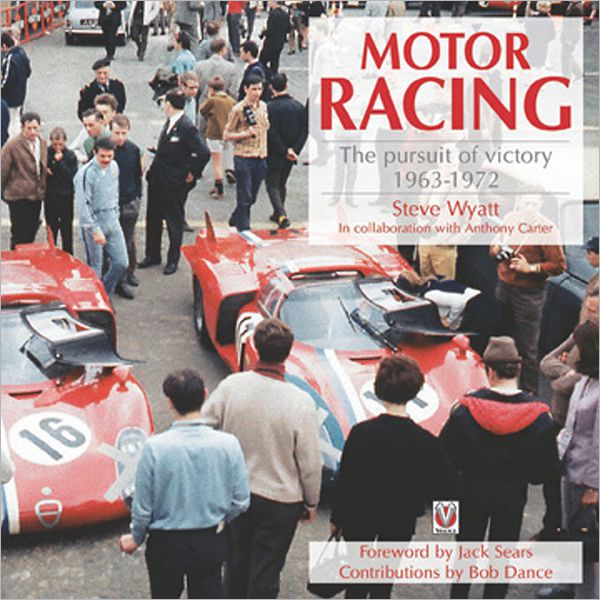
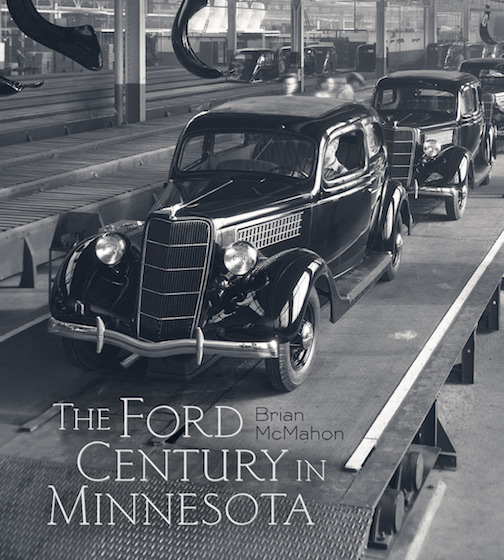
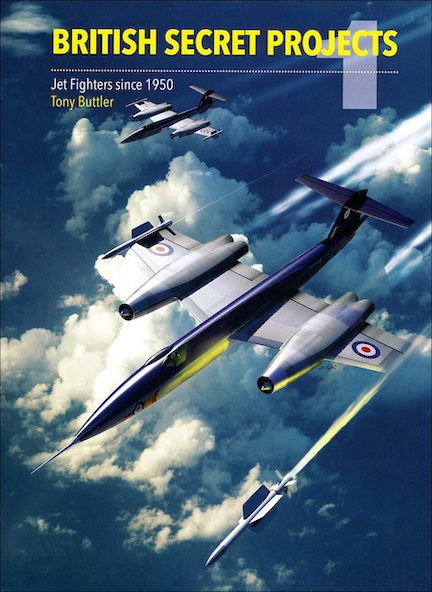
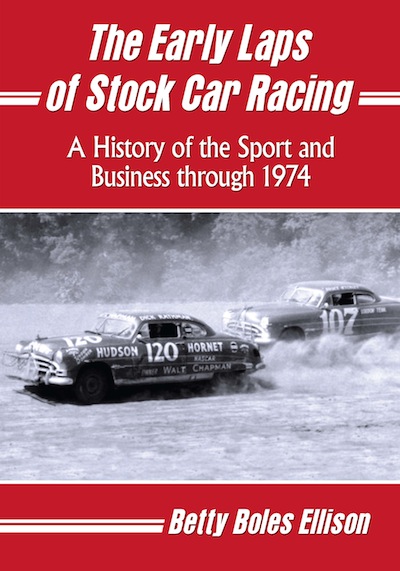
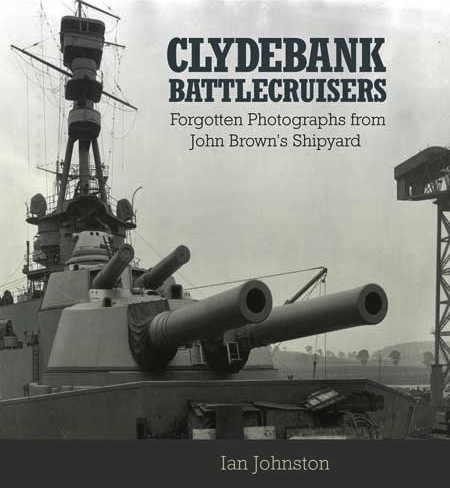
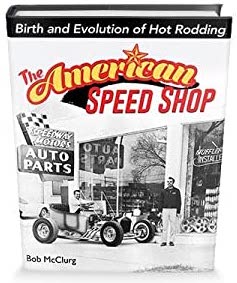
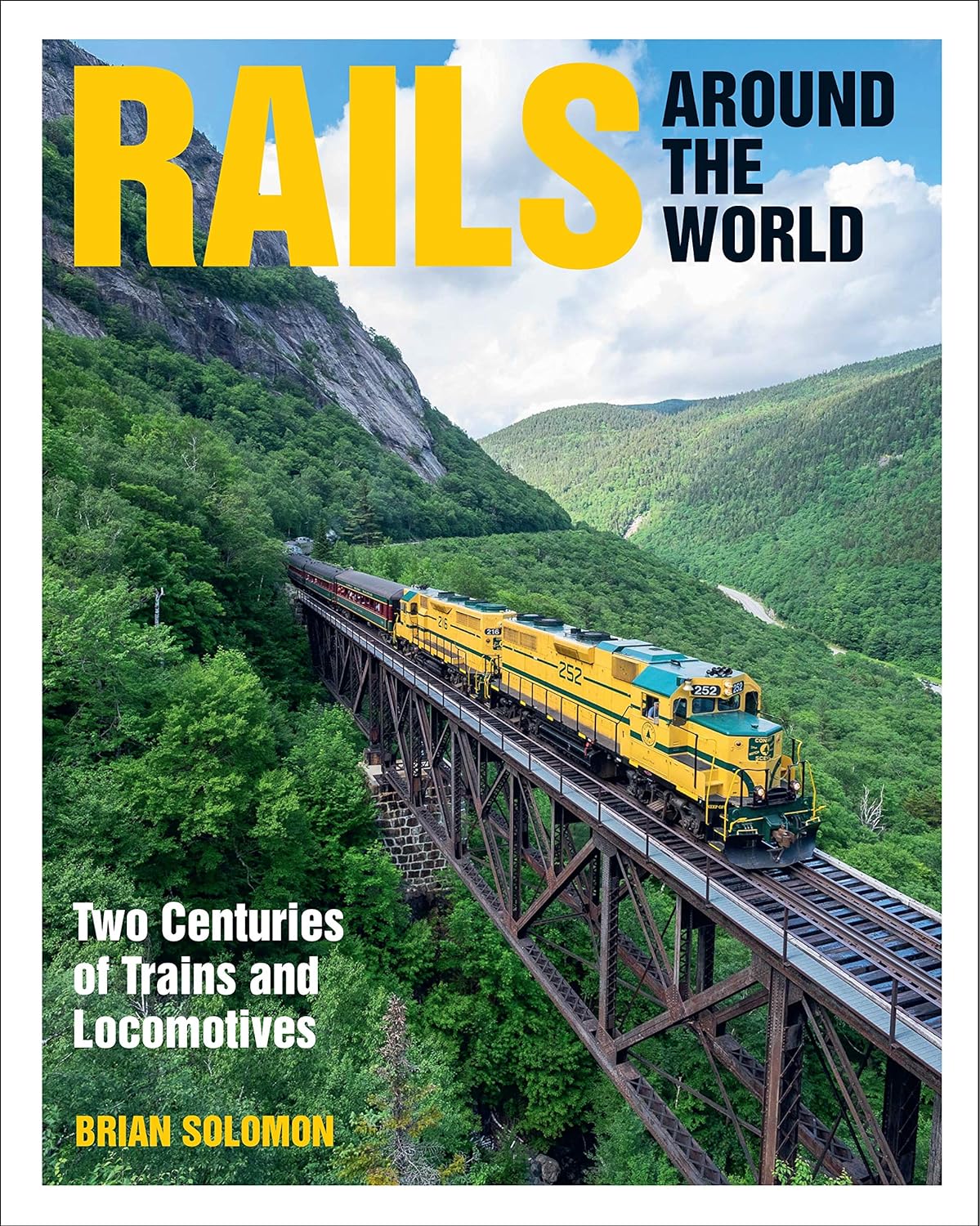
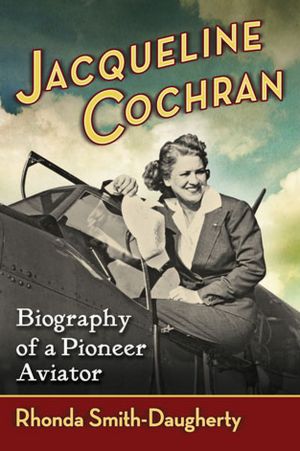
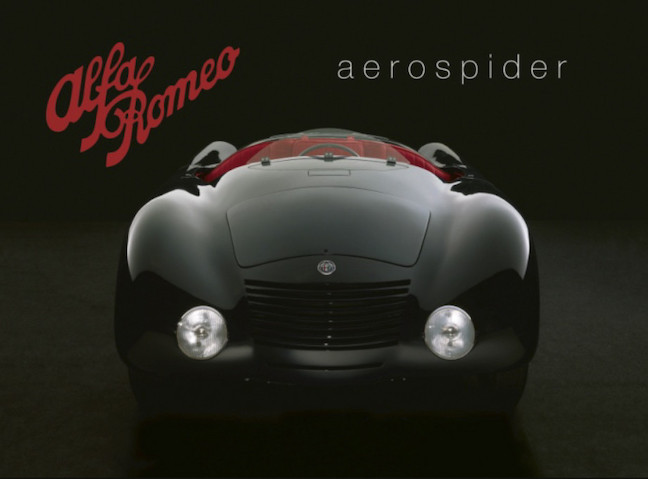
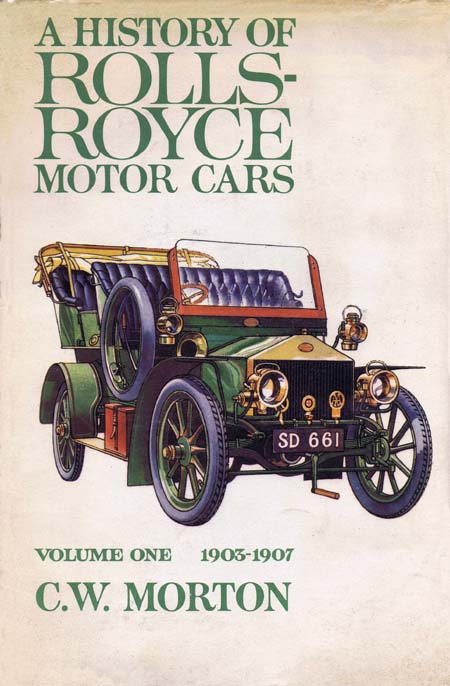
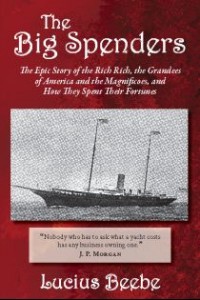
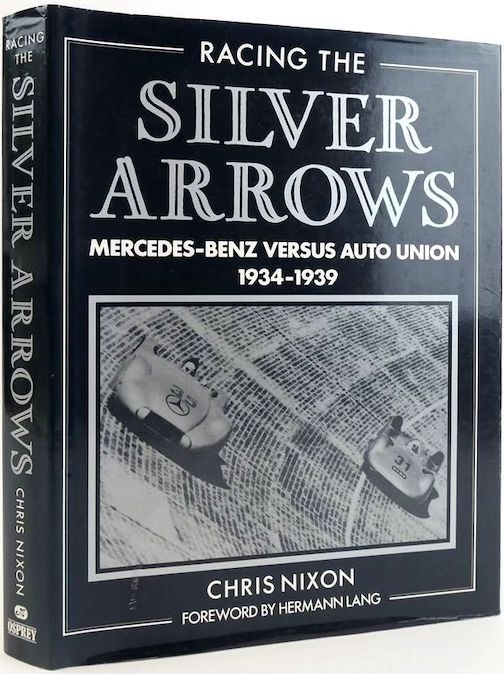
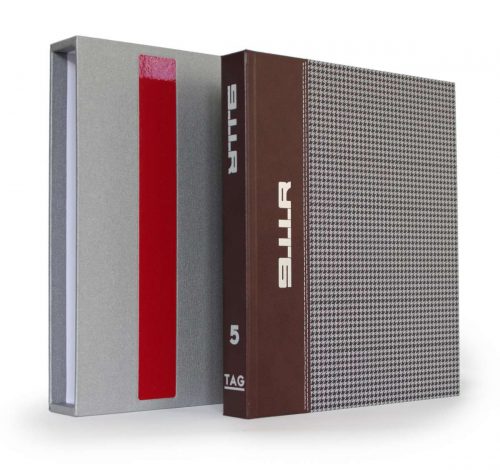
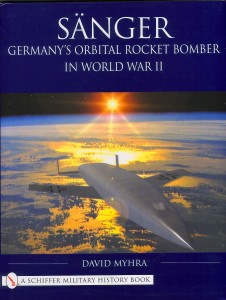
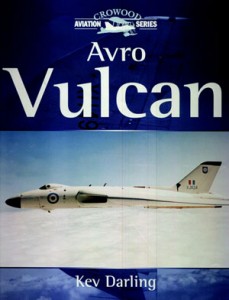
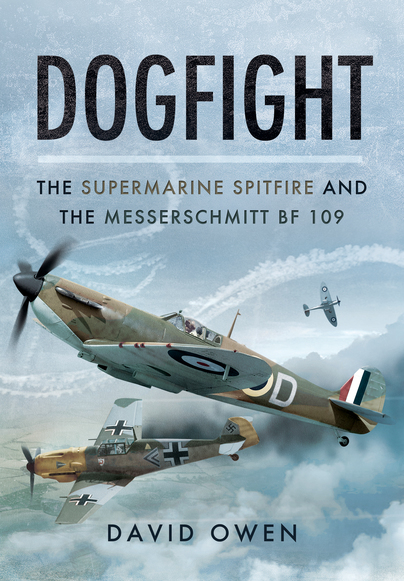
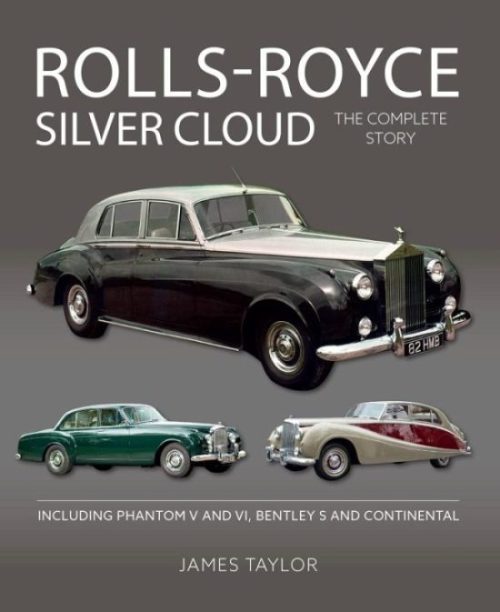
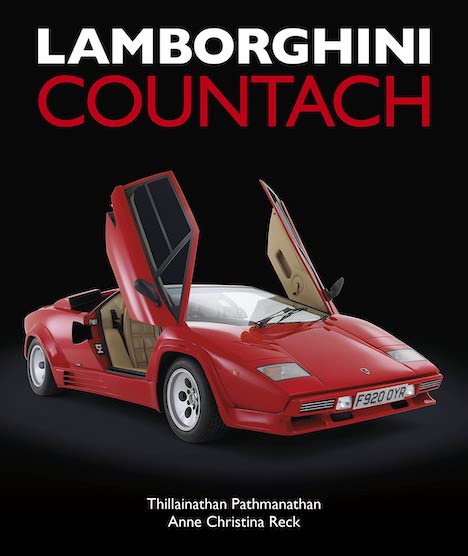
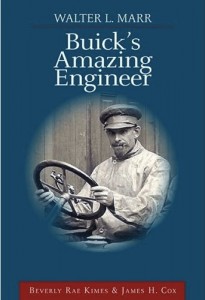
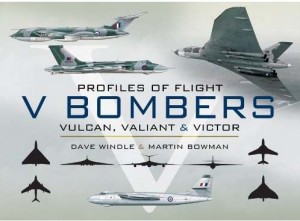
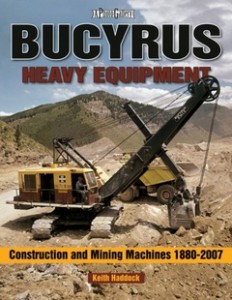
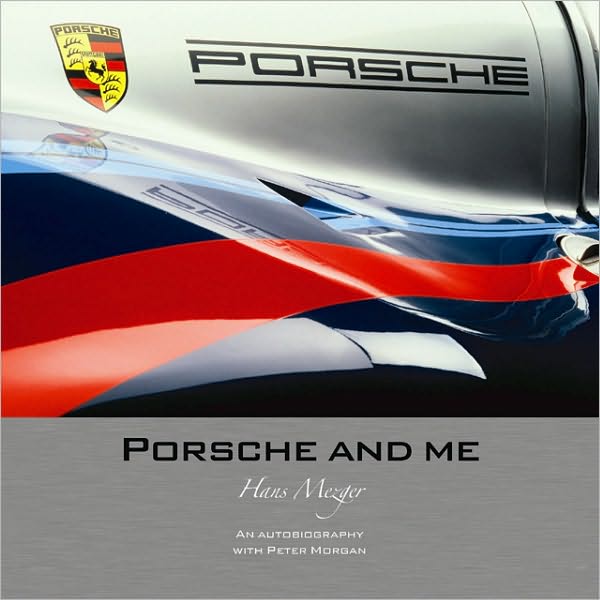
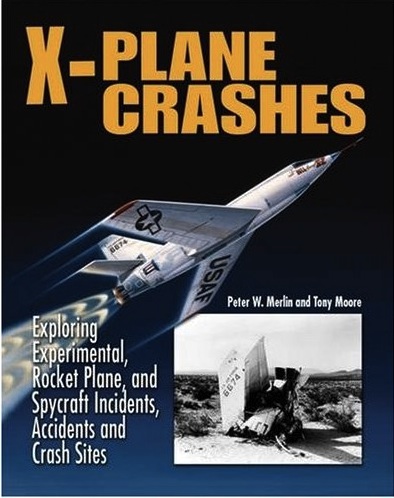
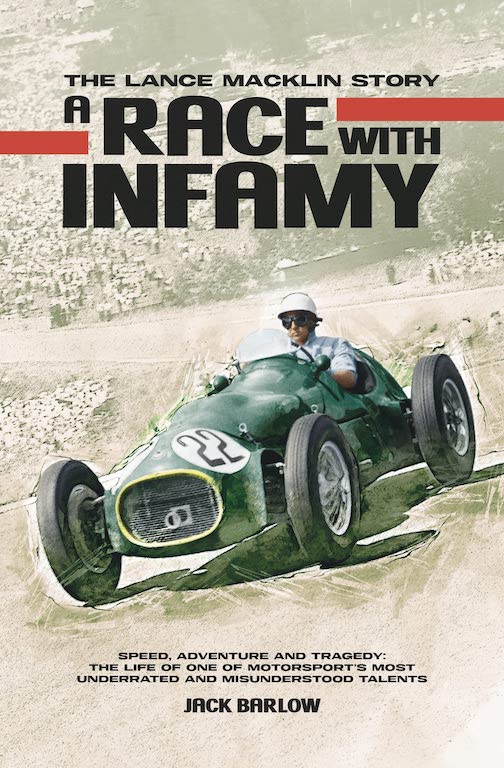
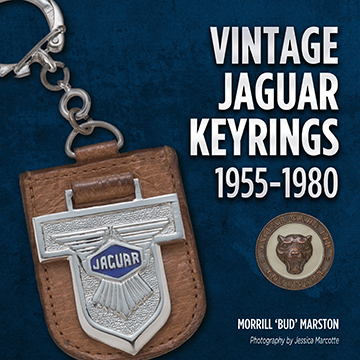
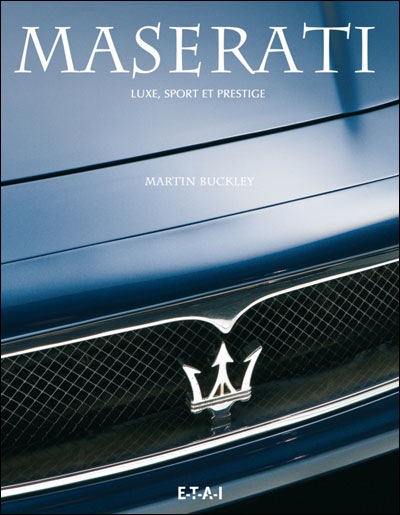

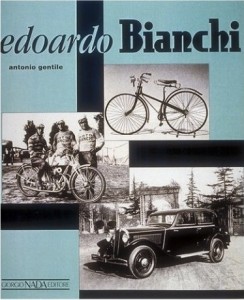
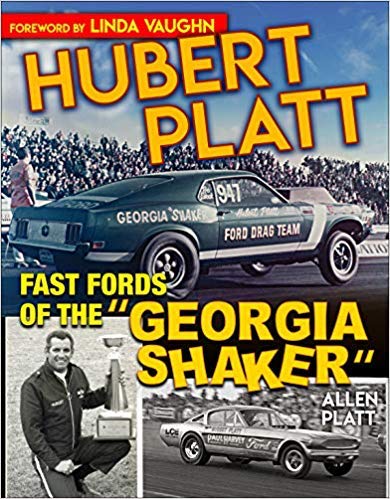
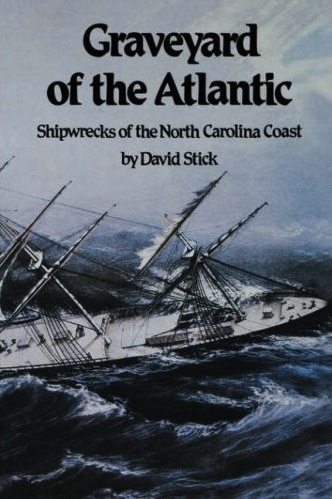
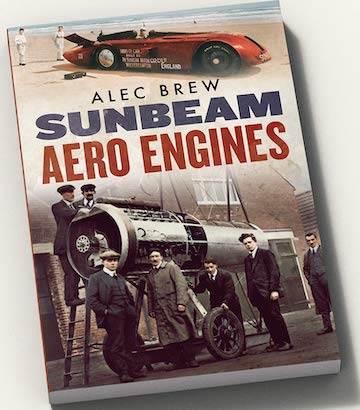
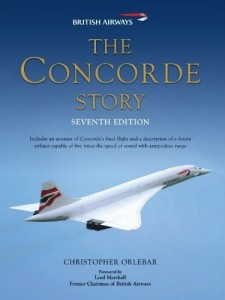

 Phone / Mail / Email
Phone / Mail / Email RSS Feed
RSS Feed Facebook
Facebook Twitter
Twitter